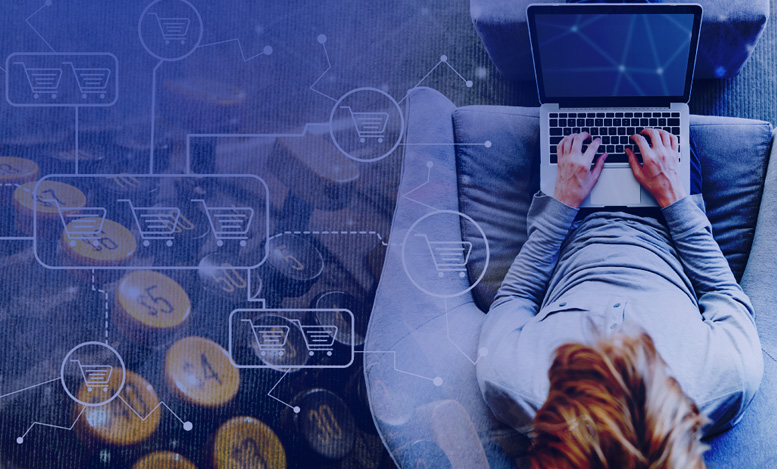In the “olden days” of retail, we had to travel to a store to get anything we needed—groceries, cleaning supplies, clothing, etc. We were limited to the brands and products that were available in our region. If we wanted something special, then we had to mail away for that product. Payment forms were limited to cash, check, traveler’s check (remember those?), and sometimes credit card. Credit cards were processed manually using a manual credit card imprinter and carbon paper (yes, I’m really bringing us back in time). The selection of goods was limited, as were the payment forms.
And now? We can order everything we want with the click of a button. Don’t feel like going into the grocery store? Order curbside pickup, or better yet, have groceries delivered directly to your door. Our access to products has increased exponentially, and we can now buy things we never even knew we wanted! We can easily buy something from down the street, or on the other side of the world—all thanks to advances in technology. What we purchased used to be about what was available to us, and now we shop based on price or the experience we receive at a physical retail store.
Payment forms have changed too: instead of having to carry cash, checks, or credit cards, we can simply pay with our mobile phones. When we are in a physical retail store, if we do not feel like standing in line, then we can use self-checkout kiosks or find a store employee who will use mobile line-busting technology to get us out the door faster and on our way to our niece’s ballet recital.
Retail is hardly done changing; for instance, for Black Friday 2018, Walmart deployed digital store maps so that customers could use their phones to find products, as well as Walmart’s exclusive Black Friday deals. Walmart has also implemented a mobile line-busting solution which is designed to help customers check out faster, more easily, and allows for more customers to shop.
Technology isn’t only changing the customer experience—it is also affecting the productivity of employees. The major technology changes happening in the next couple of years are the phasing out of 2G/3G networks and the end of Microsoft Handheld 6.5 and Compact 7.0 support. These changes will affect retailers and the productivity of their employees. LTE will be the network of the future, giving retailers better coverage, speed, and shorter latency times. Both Zebra and Honeywell are offering trade-in programs for retailers to upgrade their devices and avoid disruptions to their businesses.
Technology will continue to enhance the store experience for customers and employees. On January 13–15, 2019, Connection will be at NRF 2019: Retail’s Big Show demonstrating how we can help retailers implement game-changing technology solutions that will transform customer engagement, maximize their employees’ productivity, optimize and secure their data, and accelerate and improve revenue streams. Learn more by visiting our booth #4158—we look forward to seeing you there!

